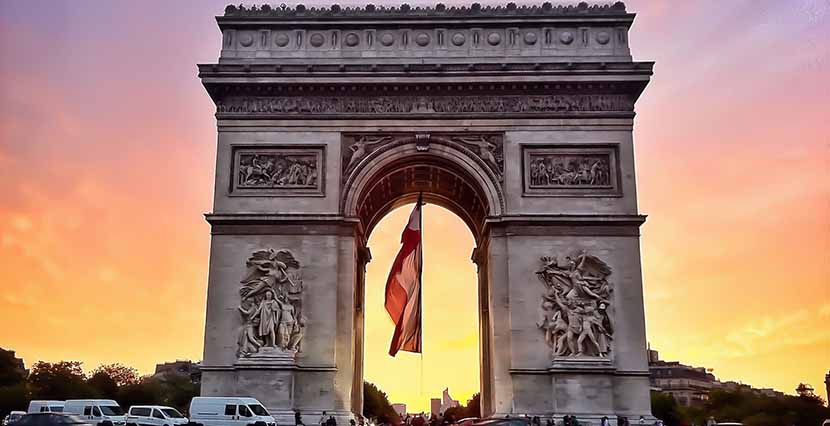
Paris It has a list of places that you cannot miss and in it is an imposing construction that dominates the wide Parisian boulevards: the Arch of Triumph. Sure you have seen it countless times in photographs and movies, but did you visit it?
It is not a time consuming attraction like others in Paris, so you can schedule it for a morning or an afternoon, a couple of hours, a great view, a great photo and voila, you can cross the Arc de Triomphe off your list of places to meet in Paris.
Arch of Triumph
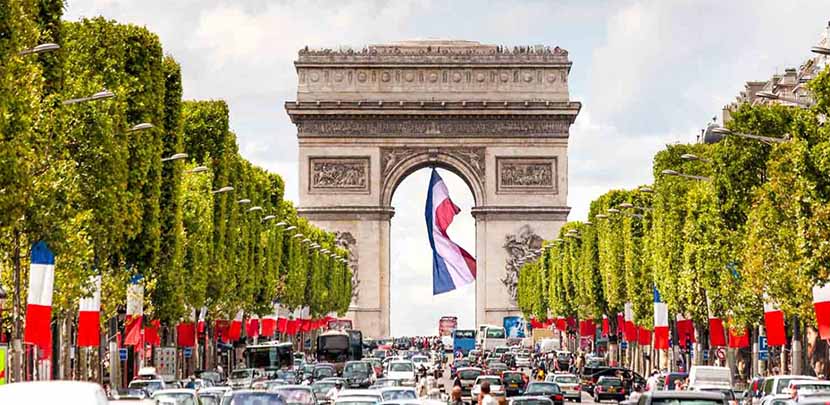
It is not the only triumphal arch that was built in history because in truth this type of monument was already quite popular in Roman times. In fact, it is to them that we owe the custom of erecting these arches to commemorate military victories. It is not part, in general, of walls or other gates of a city, but stands alone and autonomously, distinctively.
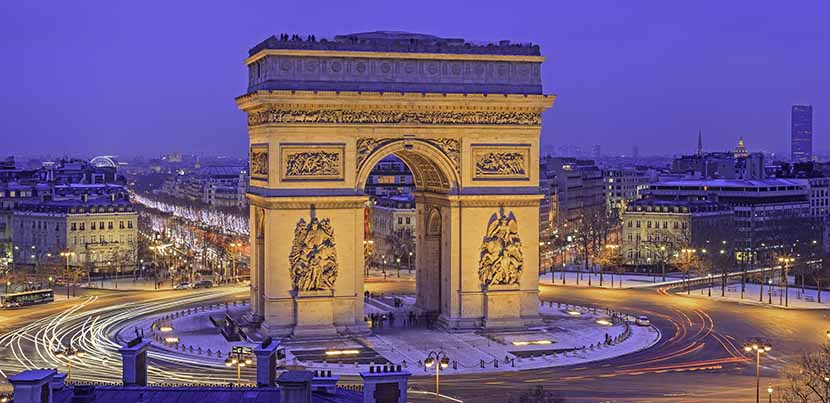
That is to say, there were triumphal arches built in Roman times and also others built in later times. They had a return to fashion in the Renaissance which was when the interest in Antiquity was reborn with force. Then, different sovereigns of Europe built triumphal arches like the old emperors. In Germany, the United Kingdom, Russia and even in Spain and outside Europe in the United States and believe it or not, in North Korea.
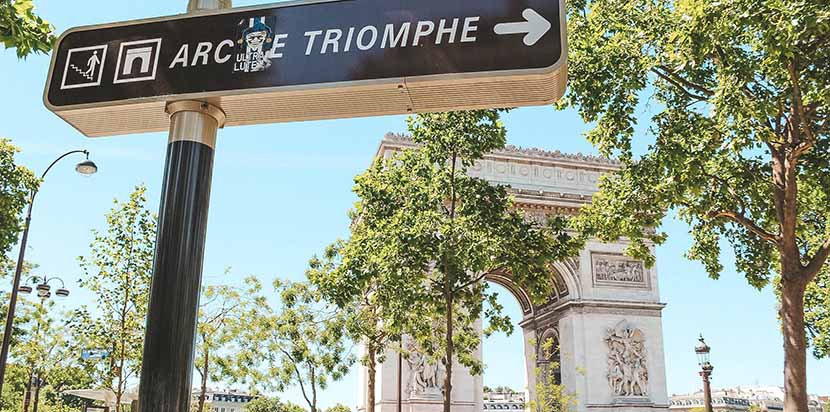
But without a doubt, although it is not the greatest, the Arc de Triomphe in Paris is the best known in the worldor. And that Paris is… well, Paris, it helps a lot. This bow It was built between 1806 and 1836 on the orders of Bonaparte. What military victory does it commemorate? The Battle of Austerlitz, the Battle of the Three Emperors as it is also known, which took place in December 1805 in which the forces of Emperor Napoleon I defeated the joint forces of Tsar Alexander I and Austrian Emperor Francis I.
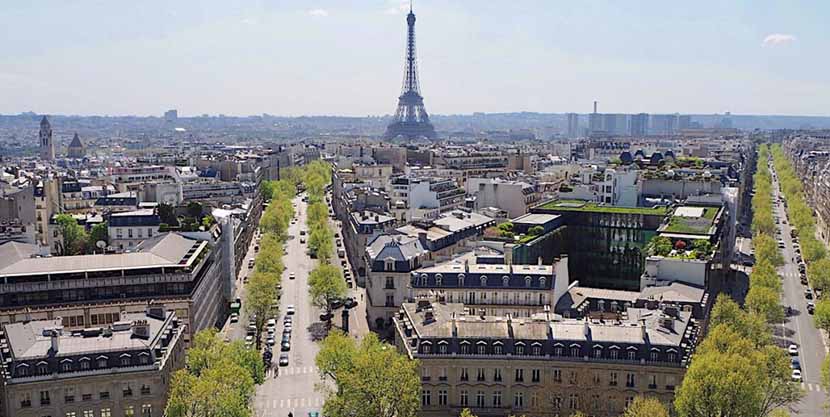
Although Napoleon Bonaparte's idea was to build it in the Place de la Bastille, a symbolic site if there are any around here and which also at that time was the route followed by the troops returning from the war, it could not be and it was raised in the Star Square o Place de l'Etoile.
At the beginning of the article I said that the arch dominated the network of Parisian boulevards and it is. This new urban design that partly swept away medieval Paris bears the signature of Haussman, a baron who at that time worked in the city and to whom this star-shaped design is owed.
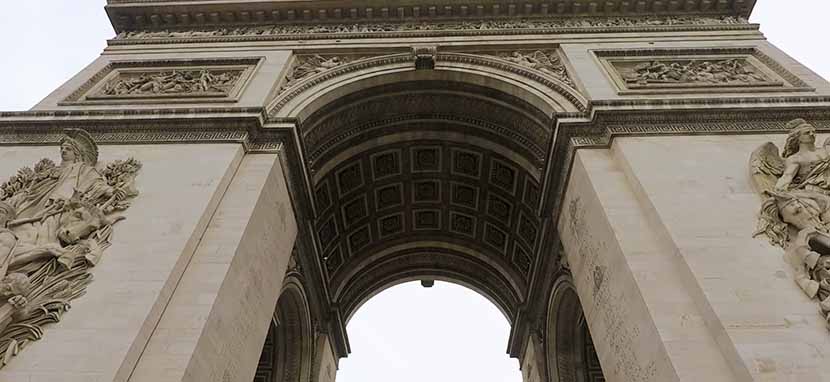
Nothing is accidental. The concept behind the wide avenues that start from a small square is that this urban design prevents or hinders barricades and allows the armed forces to pass more easily. Today, from the Plaza de la Estrella the Avenue of the Great Armada, the Avenue of Wagram, the Avenue Kleber and the most popular of all, that of the Champs Elysees or Champs Ellysees start.
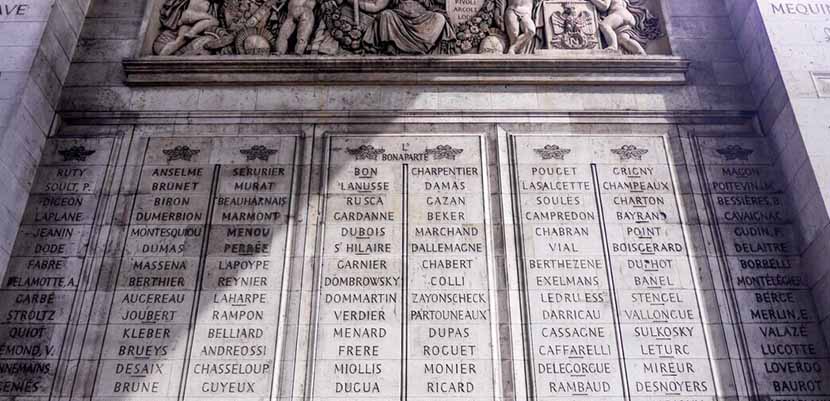
The Arc de Triomphe was designed by Jean Chalgrin, although he died in 1811 and must have been completed by Jean-Nicolas Huyot dead in turn four years after the blessed arch was inaugurated. Huyot was inspired by the Arch of Titus in Rome and shaped a monument of 49 meters high and 45 meters wide with four massive pillars.
On the outside of the arch you will see Napoleonic military victories engraved and on the inner side there are 558 names that correspond to the generals of the French empire. Those underlined are those who died in the line of duty.
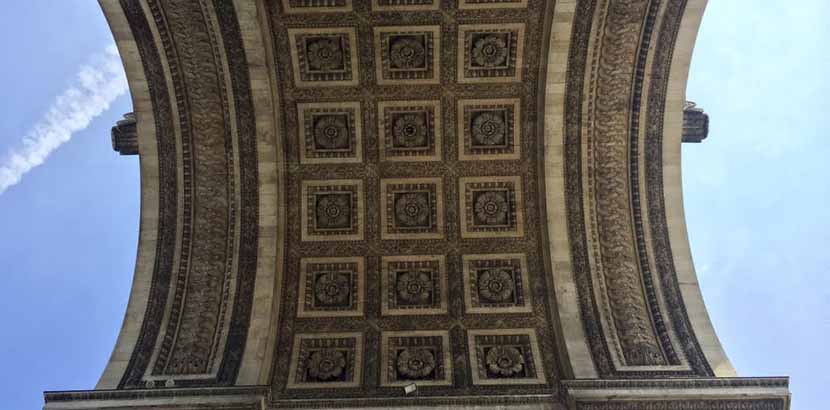
On each of the pillars there is a statue and there are also friezes, works that bear the signature of the artists Corot, Etex and Pradier. The most outstanding statue of all is the one that bears the signature of the romantic Francois Rude, La Marseillaise. There are four sculptural groups of the arch, on its jambs: The Triumph of Napoleon, The March of the Volunteers, The Taking of Alexandria and The Battle of Austerlitz. The second is commonly called La Marseillaise.
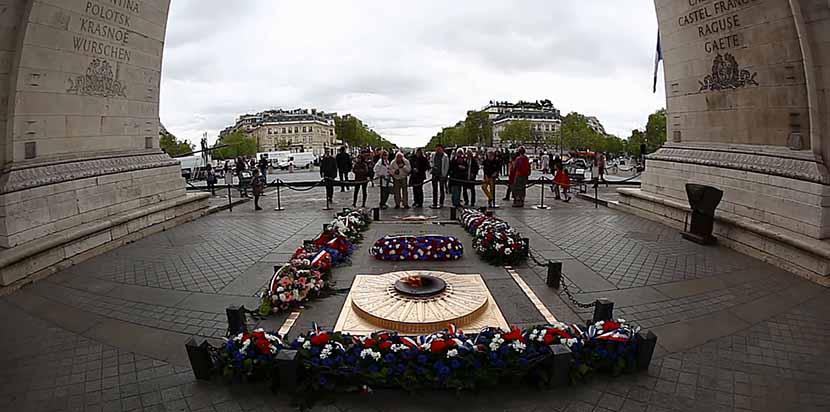
Here too there is the Tomb of the Unknown Soldier of the First World War and of course an eternal flame remains lit that forever remembers those who gave their lives for the country. The flame and its circular bronze bowl decorated with friezes of swords is a work of the architect Henru Favier, and the first ceremonial lighting took place on November 11, 1923 by the hand of Maginot, the French politician behind the famous Maginot Line, a defensive network that was a failure in WWII.
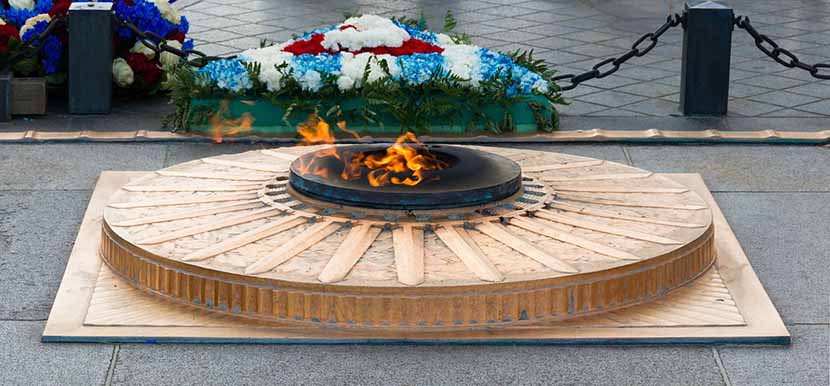
But the most important thing is that since then the flame is rekindled at half past six in the afternoon every day, always by a representative of one of the nine hundred organizations of ex-combatants, gathered in a special association for the arc. And it must be said that even in times of the Nazi occupation the flame was not extinguished and that there is an official act every November 11, which is when France commemorates the end of the First War.
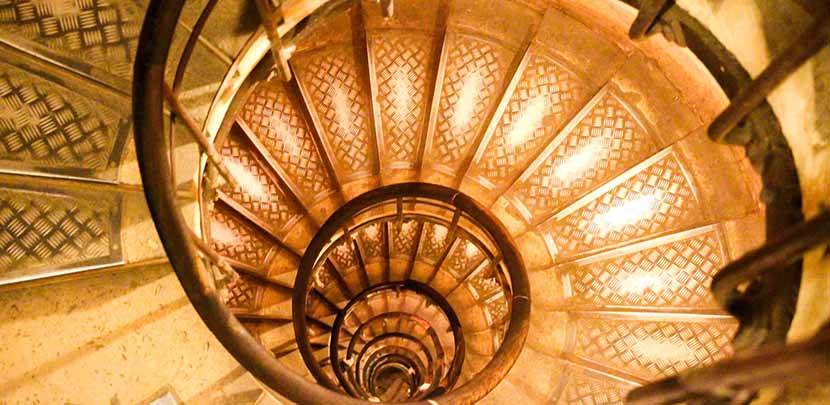
Nine years ago, in 2018, the restoration works of the arch since the whole structure, but especially the reliefs, were very dirty. In addition, the water-repellent treatment was already two decades old, so it was necessary to clean, restore the reliefs and then apply a new water-repellent again.
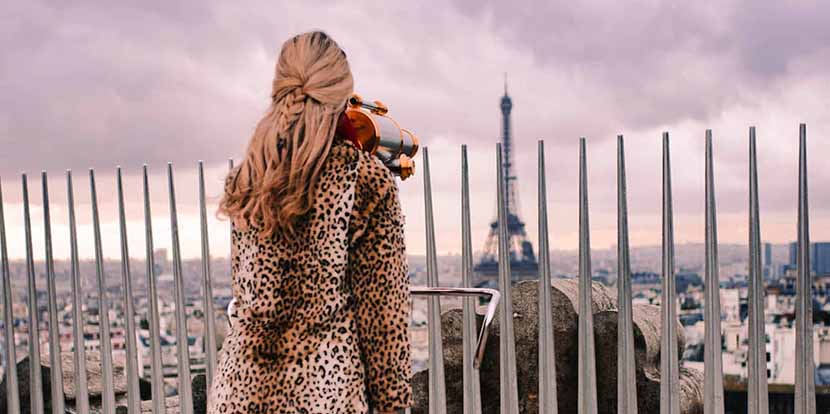
Since 2008 there is inside the arch a museum with a permanent multimedia exhibition. It is called Between wars and peace and takes a tour through the history of the monument and the arches as memorials. The good thing is that in addition to the museum and the eternal flame of the unknown soldiers you can climb to the roof and enjoy phenomenal views of the Champs-Elysées, Place de la Concorde, the Arch of Defense, and the Louvre Museum.
There is also a gift shop and if you bought the Paris Museum Pass you can use it.
Practical information to visit the Arc de Triomphe
- Opening times: from April 1 to September 1 open from 10 am to 11 pm; From October 31 to March 31 it does so until 10:30 pm. It closes on January 1, May 1, May 8 in the morning, July 14 and November 11 in the morning also and October 25.
- Price: 12 euros and 9 with reduced price. The first Sunday of the month admission is free, from November 1 to March 31. If you are a European citizen under 26 years of age or a primary or secondary teacher as well. You can pay in cash or by credit card.